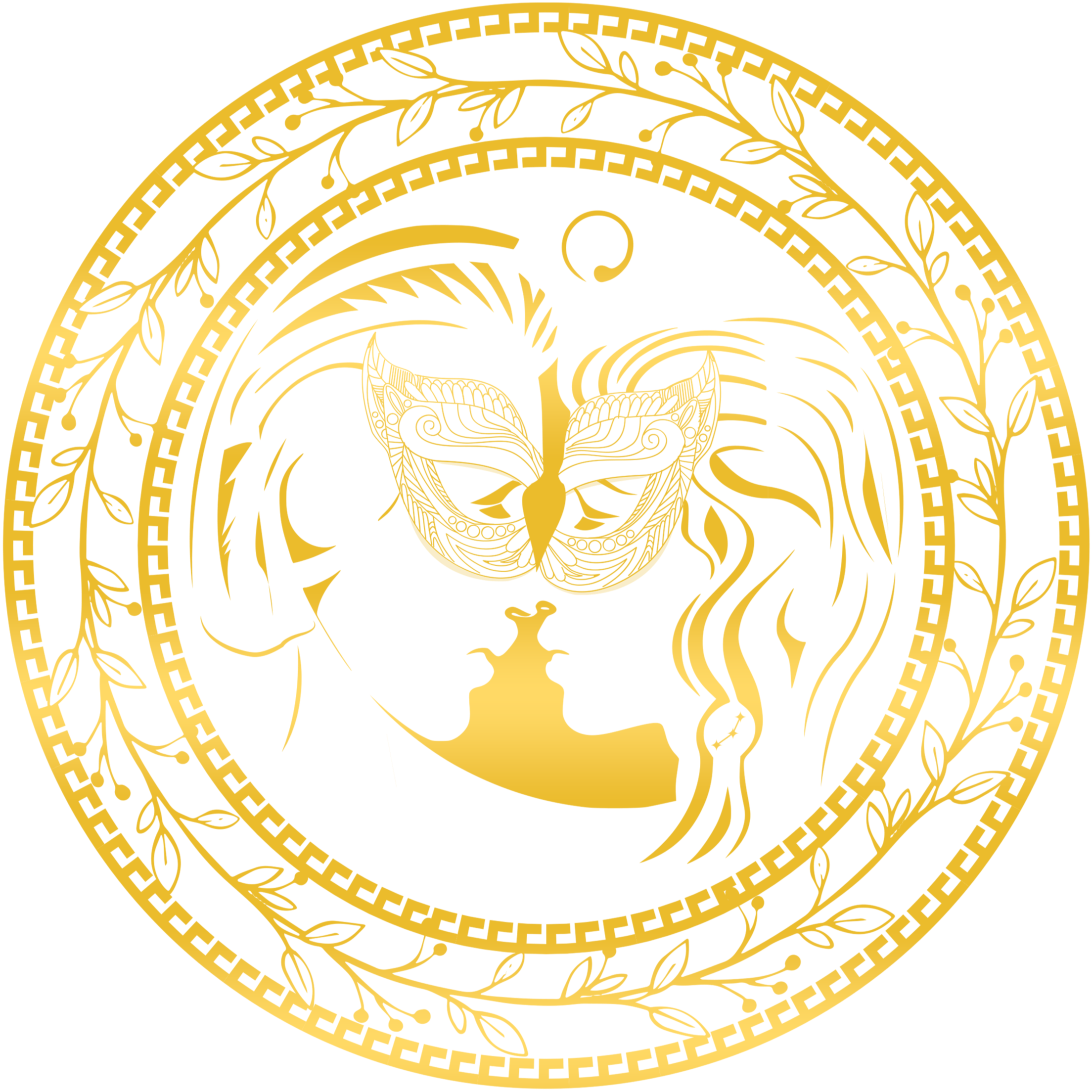
Hibiscus Henna
Share
Henna art has been a form of expression for centuries, adorning the skin with its natural dye and intricate patterns. Today, one of the popular motifs in the world of henna is the hibiscus flower, symbolizing beauty, passion, and femininity. Whether it's for a special occasion or just a touch of beauty, hibiscus flower henna designs can add a unique and floral element to your look.
The Allure of Hibiscus in Henna
The hibiscus flower is not just a beautiful design element; it holds deep meaning in various cultures. Often associated with love and passion, the hibiscus also represents purity and grace. Its natural symmetry and bold shape make it perfect for henna designs that seek to make a statement.
Symbolism and Significance
Hibiscus henna designs are more than just skin-deep. They can be a form of self-expression or a symbol of celebration. In weddings, for instance, hibiscus designs can signify the bride's beauty and the passionate love between the couple. For others, it could represent a milestone or personal achievement, marking the skin with a memory that fades beautifully with time.
Incorporating Hibiscus Designs
by Callum Skelton (https://unsplash.com/@callumskelton)
Floral henna, with the hibiscus flower as the centerpiece, can be adapted to various styles and preferences. From bold, standalone hibiscus motifs to delicate, intertwined patterns, the versatility of the hibiscus allows for endless creativity.
Placement and Patterns
The placement of hibiscus henna designs can affect their impact. Popular areas include the hands, arms, and feet — traditional spots for henna application that offer a canvas for the art. The hibiscus can be surrounded by other natural elements like leaves or vines, or it can be part of a larger, more complex design that tells a story or creates a thematic representation.
The Process of Hibiscus Henna Application
Applying hibiscus henna is a meticulous process that requires patience and skill. The natural henna paste is carefully piped onto the skin, following the contours of the chosen design. After the application, the henna needs time to dry and develop, leaving behind a rich, reddish-brown stain that can last for weeks.
Aftercare for Longevity
To ensure the longevity of your hibiscus henna design, proper aftercare is essential. Avoid water for the first few hours and apply natural oils to help seal the dye into your skin. The depth of color and duration will vary based on skin type and care, but with attention, your hibiscus henna can be a temporary but memorable addition to your beauty regimen.
Conclusion
The beauty of hibiscus flower henna lies in its ability to be both a personal statement and a universal symbol of beauty. Whether you're a henna enthusiast or new to the art, consider the hibiscus for your next design. Embrace the elegance of floral henna and let your skin bloom with the grace of the hibiscus.
by Guy Yama (https://unsplash.com/@guyyama)
Are you inspired to try hibiscus henna? Share your thoughts or experiences with this floral beauty trend in the comments below.


